Uninstall MyPersonalPDF from Firefox : Wipe Out MyPersonalPDF
MyPersonalPDF is responsible for causing these errors too! 0xf0900 CBS_E_XML_PARSER_FAILURE unexpected internal XML parser error., 0x80244028 WU_E_PT_NO_AUTH_COOKIES_CREATED Windows Update Agent was unable to create any valid authentication cookies., 0x80249005 WU_E_INVENTORY_WMI_ERROR A WMI error occurred when enumerating the instances for a particular class., 0x80248001 WU_E_DS_INUSE An operation failed because the data store was in use., 0x80248006 WU_E_DS_BADVERSION The current and expected versions of the data store do not match., 0x8024400D WU_E_PT_SOAP_CLIENT Same as SOAP_E_CLIENT - SOAP client found the message was malformed; fix before resending., 0x8024001B WU_E_SELFUPDATE_IN_PROGRESS The operation could not be performed because the Windows Update Agent is self-updating., 0x0000009B, Error 0x80246017, Error 0x80070070 – 0x50011, Error 0x0000005C, Error 0xC1900101 - 0x40017, 0x000000F3, 0x00000041, 0x00000051, 0x000000C4Delete MyPersonalPDF Easily From The Operating System
The cyber Hackers have programmed this MyPersonalPDF Operating System malware to take benefits from the innocent user. After the infiltration of such harmful threat the functionality of the Operating System will completely compromised. Along with this MyPersonalPDF many other harmful threat will be invited to create more damage to the Operating System. It will immediately open a backdoor which allow the remote hacker to sneak into the Operating System and steal all the private information from the Operating System.
Information like, Browser History, Operating System ID and password, Full Operating System configuration and even install keylogger to your infected Operating System. Over and over unwanted redirection will make you redirect, as to bring more threat this MyPersonalPDF will open multiple of phishing website which bring harmful Operating System malware. Because of this harmful and malicious activity you must not delay to Delete such harmful threat from the infected Operating System. The earlier you Delete the threat the less you will suffer.
Part 1 : End MyPersonalPDF Related Task/Process From Windows Task Manager
Part 5 : Start Your Operating System in Safe Mode With Networking
Part 1 : End MyPersonalPDF Related Task/Process From Windows Task Manager
- First Open The Task Manager. You can do it in 2 way.
- Right Click on Task Bar and the select Task Manager.

- You can also Press ALT+Ctrl+Del to Start Task Manager.
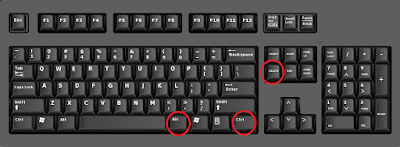
- When the Task Manager Windows will open you have to go to Process Tab.
- On Process Tab select MyPersonalPDF related process and then click on End Process.
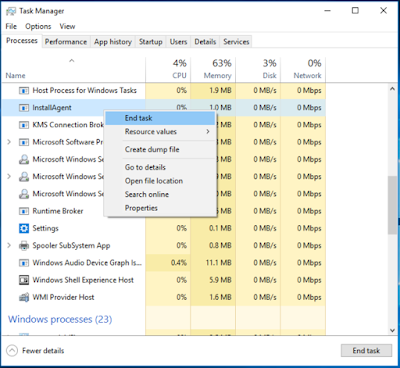
- Also go to the Task Tab and select the malicious task running On Windows system then click on End Task.
Part 2 : Delete MyPersonalPDF From Control Panel On Windows System
Delete MyPersonalPDF From Windows 10
- Click on Start Menu then go to Settings option to choose System Option.
- Here on Settings panel choose System option >>> select Apps and Features option.

- On App and Features Panel Find MyPersonalPDF >>>> then press Delete option.
Delete MyPersonalPDF From Windows 8
- On Windows 8 press Win+R button to open Run Box.
- Type control panel and hit Enter button on search box.
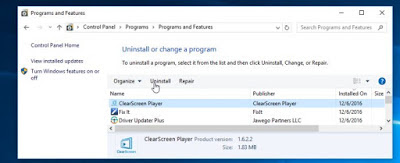
- On Control Panel Windows select Delete a program.
- Find MyPersonalPDF and click on Delete.
Delete MyPersonalPDF From Windows 7
- Press Windows Button to open All program list on Windows 7.
- From All Program List select Control Panel Option.
- Or Press together Win+R button.
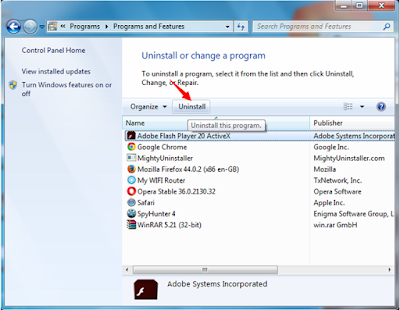
- The select Programs menu again click on Uninstall a programs.
- Select the program which want to Delete then click on Delete icon.
Delete MyPersonalPDF From Windows XP
- Open Start menu then select Control Panel on your Windows XP.
- On Control Panel windows click on Add or Remove programs option.
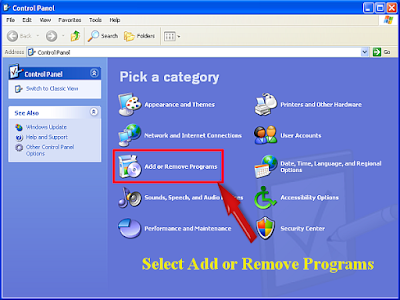
- A list of installed program will appear.
- Now from this list find MyPersonalPDF >>> the click on Delete option.
Part 3 : Delete MyPersonalPDF From Web Browser
Delete MyPersonalPDF From Microsoft Edge
- Click on More (...) icon on your Edge Browser.
- To Set a URL click on A specific page or pages option.
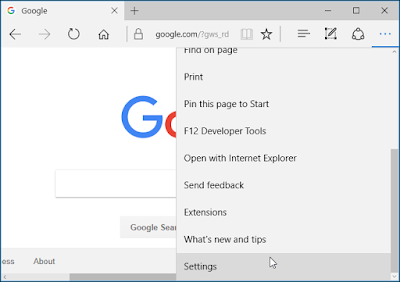
- Type the URL of the page on the Custom Option.
- Restart your Microsoft Edge Browser to Set the change.
Delete MyPersonalPDF From Mozilla Firefox
- To open browser menu >>> click on Setting icon (top right corner).
- Now select Add-ons .
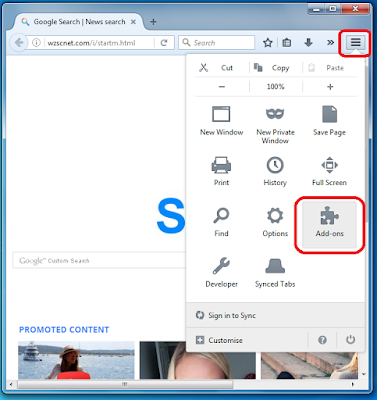
- On Add-ons Manager tab select Extensions or Appearance panel.
- Find MyPersonalPDF to Delete it then click on the Delete button or Trash option.

- Restart your Mozilla Firefox to see the change.
Delete MyPersonalPDF From Google Chrome
- Click on 3 line icon (top right corner) to open Chrome menu.
- Now click on the Tools option from drop list.
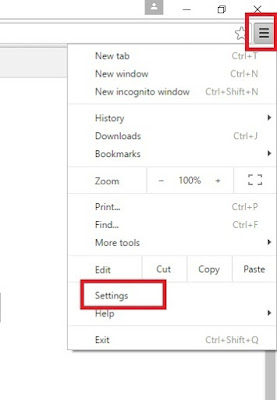
- Select Extension and select all unwanted installed extensions.
- Click on trash icon to Delete MyPersonalPDF from Google Chrome.
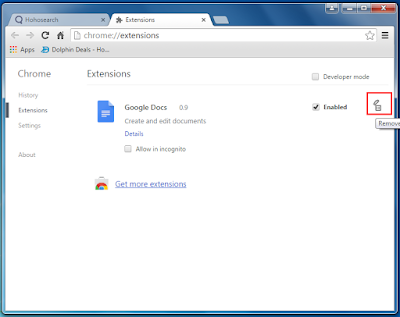
Delete MyPersonalPDF From Internet Explorer
- To open Tool Option Press Alt+T buttons.
- Also to open Tools option click on Gear Icon from the right-top corner.
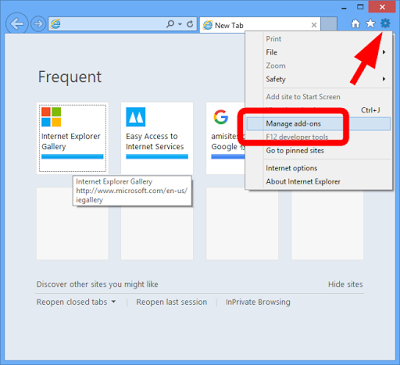
- Click on Manage Add-ons option then select Toolbars and Extensions tab.
- Find MyPersonalPDF and related add-ons then Click Disable.
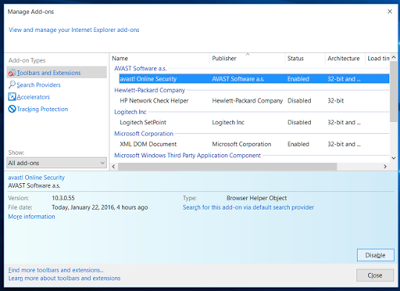
- Finally click on Delete button.
Part 4 : Delete MyPersonalPDF From Registry Editor
- Type regedit and hit Enter or Press OK on RUN command to open Windows Registry Editor.
- On the Windows Registry Entry Press CTRL+F key to enable search box.
- Find MyPersonalPDF and Delete all related registry files of it.
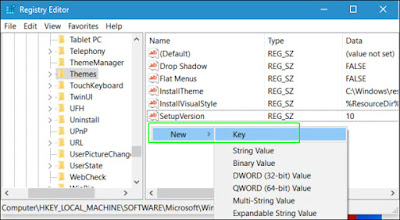
HKEY_LOCAL_MACHINEOperating SystemCurrentControlSetServicesWpm
HKEY_CURRENT_USERSoftwareMicrosoftInternet ExplorerMain Default_Page_URL
HKEY_LOCAL_Machine\Software\Classes\[Threat name]
HKEY_CURRENT_USER\Software\Microsoft\Windows\CurrentVersion\Run .exe
HKCU\Software\Microsoft\Windows\CurrentVersion\Internet Settings\random
HKEY_LOCAL_MACHINE\SOFTWARE\Microsoft\Windows\CurrentVersion\run\random
HKEY_CURRENT_USER\Software\Microsoft\Windows\CurrentVersion\Internet Settings
Part 5 : Start Your Operating System in Safe Mode With Networking
Delete MyPersonalPDF For Windows 8/10
- Click on Start Menu, hold Shift key and the press Restart button.
- In next Window select Troubleshoot option.
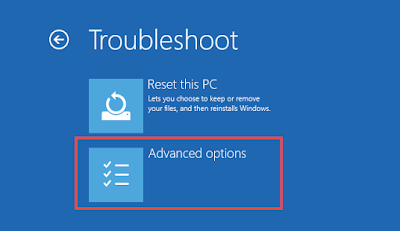
- Again click on Advanced Options.
- Here select the Startup Settings option.
- Select Enable Safe Mode option then click on Restart button.
- Now Press F5 button for Enabling Safe Mode With Networking option.

Delete MyPersonalPDF For Window XP/Vista/7
- Restart your Operating System to open in Safe Mode.
- Click Start Menu >> select Restart option.
- Simultaneously hit F8 button while the Operating System start booting.

- Here you will get Advance boot menu.
- In this Advance boot menu then select Safe Mode With Networking Option.
- To open Operating System in Safe Mode With Networking press Enter button.



No comments:
Post a Comment